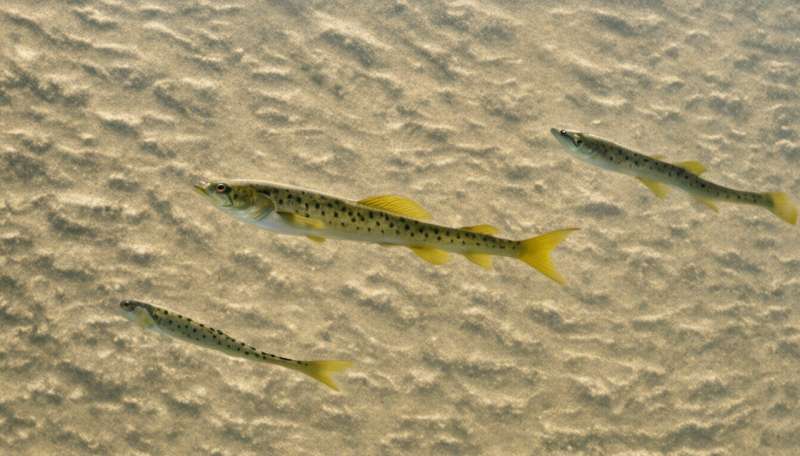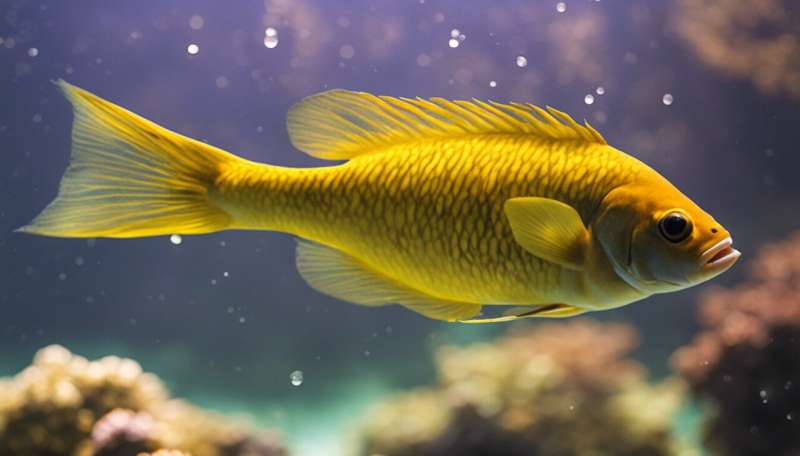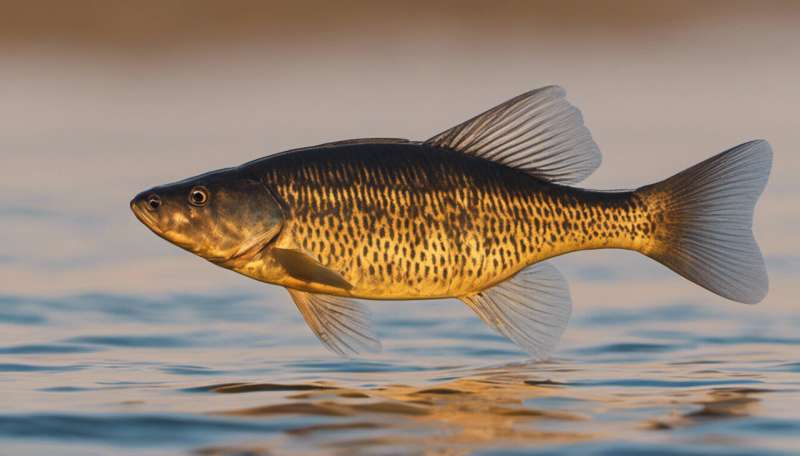Lake Malawi is home to unique fish species. Nearly 10% are endangered

An estimated 9% of the 458 fish species assessed in Lake Malawi are at high risk . This is worrying, not least because the lake, and the fish species that occupy it, are very unique.
With more than 1000 fish species, Lake Malawi distinct fish species than any other lake in the world. New species are discovered regularly and some scientists that the lake may contain more than 2000 species. As a result of this exceptional diversity the lake is a global biodiversity treasure because almost all of the species that it contains occur nowhere else on the planet.
Lake Malawi is immense. Located between Malawi, Tanzania and Mozambique, it an area of more than 29,000 square kilometres, and 7% of the world's available surface freshwater. Despite this Lake Malawi is under threat. Human activities, like deforestation in the lake's catchment area and over-fishing, are taking their toll on the lake. A recent by the International Union for Conservation of Nature (IUCN) listed 9% of its evaluated species as "endangered".
This is worrying not only from a biodiversity perspective, but also because this is one of Africa's poorest regions and people rely on the fish for their livelihoods and for food.

The reasons
What happens on land affects the lake. Increasing in the lake's basin has caused soil erosion and sediments end up in the water. This affects water clarity, light penetration and, on settling, it smothers plants and algae – ultimately, harming the food resources on which fish depend.
Over-fishing has led to less diversity in the kinds of fish that are caught and has reduced the amount of fish caught by individual fishers. This is particularly true in the larger, more valuable, species.
The worst hit fish species are migratory endemic cyprinids, such as the critically endangered . These fish migrate into rivers to spawn and so depend on the health of rivers that feed into the lake for their survival. Once abundant, this species has almost disappeared mainly because of the degradation of river catchments and sedimentation that smothers the gavel beds that they need for spawning.
The Chambo, a species of endemic tilapia, is also under pressure. This fish is highly prized as a food fish but, because of unsustainable fishing practices, catches have plummeted. Today they are less than 10% of their historic high in the late 1980s when more than 10 million kgs of Chambo were landed by small scale fishermen every year.

As a result, fisheries on smaller, less valuable species to sustain catches. When these smaller species were also eventually depleted, fishers were forced to go further offshore where it's harder for fishermen to catch fish and those that they do are of lower value. This puts a severe strain on fishers, many of whom are already some of the poorest members of society.
Unfortunately it's very difficult for the riparian countries, large population of relatively poor people who are locked into a natural resource-based economy, to reduce their dependency on the fisheries. And so, the overriding cause for all these effects is the poverty of the lake shore communities.
Freshwater crisis
Freshwaters – and the animal and plant life that they contain – are in a across the world. The fundamental driver of their degradation is the growth of human activity due to population growth, increased industrialisation and increased consumption of natural resources over the last century. As a result, the current rates of are twice as high as those reported for marine and terrestrial life.
But there's hope. In Malawi, where fish and fisheries are high on the national agenda, initiatives the IUCN Red-List assessment and identification projects which assess the status and distribution of freshwater species, help to guide policy and prioritise conservation actions.
Provided by The Conversation
This article is republished from under a Creative Commons license. Read the .![]()




















